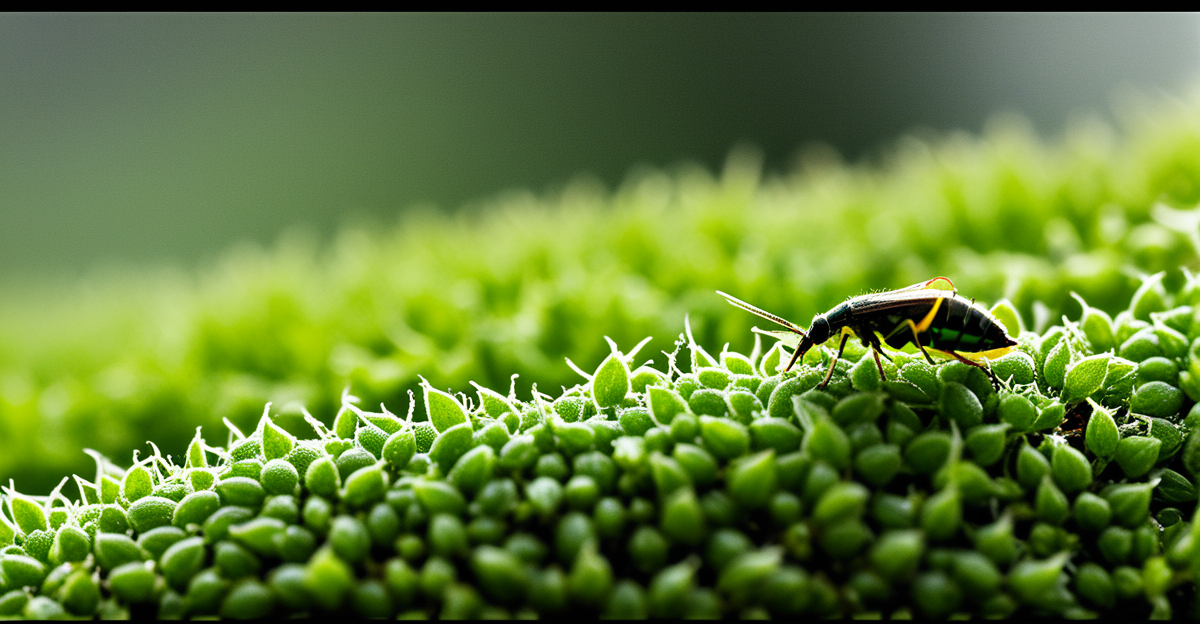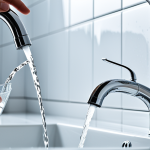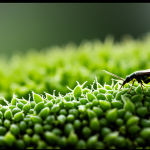Expert Overview of Greenfly Biocontrol in UK Greenhouses
Sustainable greenfly biocontrol is crucial in UK greenhouses, where maintaining a delicate balance between plant health and environmental impact is a priority. Chemical pesticides, long used for aphid control UK, present significant limitations such as resistance development, residual toxicity, and harm to beneficial insects. These drawbacks underscore the necessity for environmentally friendly pest management alternatives.
Biocontrol strategies tailored to the UK climate have proven effective by employing natural predators and parasitoids that thrive in controlled environments. For instance, releasing predatory insects like ladybirds or parasitic wasps directly targets greenfly populations without chemical residues. Such techniques reduce reliance on synthetic pesticides and promote a healthier ecosystem inside greenhouses.
Additional reading : Unlock the secrets to thriving perennial vegetables: advanced growing techniques for uk gardens
Moreover, UK-specific challenges include variable humidity and temperature, requiring biocontrol methods optimized for these conditions. Combining cultural practices, such as maintaining greenhouse hygiene, with biocontrol agents can significantly enhance success rates. Emphasizing the integration of greenfly biocontrol within broader pest management frameworks helps growers achieve long-term aphid suppression.
In summary, adopting environmentally friendly pest management approaches aligned with UK climate realities offers a promising path for effective and sustainable aphid control in greenhouses. This not only protects crops but also supports biodiversity and reduces chemical inputs.
This might interest you : Thriving with lavender in the uk: expert tips for lush growth and abundant yields
Selection and Use of Beneficial Insects for Aphid Management
Choosing the right beneficial insects for greenfly is vital to achieve reliable aphid control UK growers need. Key predators include ladybirds, lacewings, and parasitic wasps—each exhibits specific behaviors and prey preferences suited for different stages of greenfly infestation. Ladybirds actively consume aphids, making them effective for rapid population reduction. Lacewing larvae provide prolonged control by feeding on aphids over an extended period, while parasitic wasps target aphid reproduction by laying eggs inside greenfly hosts.
Identifying these biotic agents correctly is essential. Inspect your greenhouse aphid populations and consider environmental conditions before introduction. Timing also matters: releasing predators early during small or developing infestations increases efficacy. Handling beneficial insects carefully ensures survival; store them at the recommended temperatures and avoid exposure to pesticides.
Monitoring success rates involves regular scouting to assess greenfly population decline and predator establishment. Adjust releases based on observations to optimize aphid management. These biological pest control agents integrate seamlessly with sustainable practices, reinforcing environmentally friendly pest management in UK greenhouses.
Effective implementation means combining species to create a resilient predator community, adapted to climate variability. This multi-pronged approach addresses the inherent challenges of aphid control UK growers face, minimising chemical pesticide use while protecting crop health.
Implementing Integrated Biocontrol Strategies
Successfully managing greenfly biocontrol in UK greenhouses often requires an integrated pest management approach. This combines biological controls with companion planting to create a more resilient system against aphids.
Companion plants such as marigolds, nasturtiums, and sweet alyssum serve dual roles. They either repel greenfly or attract and support beneficial insects for greenfly like ladybirds and lacewings. For example, sweet alyssum provides nectar that sustains parasitic wasps, enhancing their effectiveness as biological pest control agents.
Effective integration demands precise timing. Introducing predators early in the greenfly lifecycle maximizes impact while companion plants must be established in advance to influence pest and predator dynamics. Regular monitoring helps adjust releases and companion plant care throughout the season.
A practical step-by-step strategy includes selecting suitable companion plants based on your greenhouse conditions, timing predator releases to coincide with pest appearance, and maintaining plant health to support predator habitats. This synergy reduces reliance on chemical controls, aligns with environmentally friendly pest management goals, and improves aphid control UK growers need.
Implementing these combined methods adapts well to UK climate variability. It encourages ecological balance inside greenhouses, helping growers maintain healthier crops and sustainable pest suppression. Consistent application and monitoring are key for lasting success.
Recommended Biocontrol Products and Living Organisms
Selecting the best biocontrol products UK offers is essential for effective greenfly biocontrol in greenhouses. Commercially available aphid control organisms include predatory insects and parasitic wasps specifically adapted for UK climates. These organisms arrive either as eggs, larvae, or adults and must be carefully introduced according to supplier guidelines to ensure establishment and activity.
Reputable biocontrol suppliers in the UK provide well-tested strains of ladybirds, lacewings, and Aphidius wasps, all proven biological pest control agents. When choosing products, consider the scale of infestation and greenhouse conditions. Small infestations benefit from targeted releases of parasitic wasps, while larger outbreaks may require mixed use with predatory insects.
Application tips stress releasing organisms in areas with visible aphid activity and maintaining appropriate humidity and temperature for their survival. Timing should align with early pest detection for maximum impact. User feedback highlights the importance of monitoring predator establishment and supplementing releases if necessary.
Integrating these recommended aphid control organisms with sound biocontrol practices helps growers reduce chemical pesticide reliance. This approach supports sustainable pest management tailored to UK greenhouses, enhancing long-term aphid control success.
Expert Overview of Greenfly Biocontrol in UK Greenhouses
Sustainable greenfly biocontrol remains vital in UK greenhouses to reduce dependency on chemical pesticides, which often lead to resistance and environmental harm. Chemical aphid control UK methods can damage beneficial insect populations and leave harmful residues, making environmentally friendly pest management a more practical solution.
Adapted biocontrol strategies employ natural predators that flourish under UK greenhouse conditions. Predators such as ladybirds and parasitic wasps efficiently suppress greenfly populations without pesticide drawbacks. These approaches are tailored to cope with the UK’s fluctuating humidity and temperature, ensuring greater reliability than broad-spectrum chemicals.
Successful adoption involves combining biocontrol agents with greenhouse management practices like sanitation and environmental control. This synergy enhances predator effectiveness and stability, promoting long-term aphid control UK growers require.
By focusing on greenfly biocontrol methods that consider local climate and ecosystem dynamics, growers benefit from reduced chemical inputs, healthier crops, and sustained pest suppression. This approach aligns with environmentally conscious principles, making it an indispensable element of modern UK greenhouse pest control.
Expert Overview of Greenfly Biocontrol in UK Greenhouses
Sustainable greenfly biocontrol is essential for effective aphid control UK greenhouse growers seek. Chemical pesticides often lose efficacy due to resistance and carry risks of harming beneficial insects and leaving harmful residues. This makes environmentally friendly pest management not just preferable, but necessary.
Biocontrol strategies in the UK utilize natural predators suited for local climates and greenhouse conditions. Predators like ladybirds and parasitic wasps target aphids directly, reducing populations without ecological disruption. These agents thrive under variable UK humidity and temperature, unlike many chemical treatments that can degrade or become less effective.
Successful greenfly biocontrol blends releasing predators with good greenhouse hygiene and microclimate control. Such integration helps establish predator populations while limiting aphid outbreaks, supporting long-term pest suppression that chemical sprays cannot provide sustainably.
In summary, choosing greenfly biocontrol adapted to UK environments enables growers to decrease chemical inputs safely. This advances environmentally friendly pest management goals by fostering a balanced ecosystem that sustains both crop health and biodiversity, making it a cornerstone of modern UK greenhouse aphid control.







